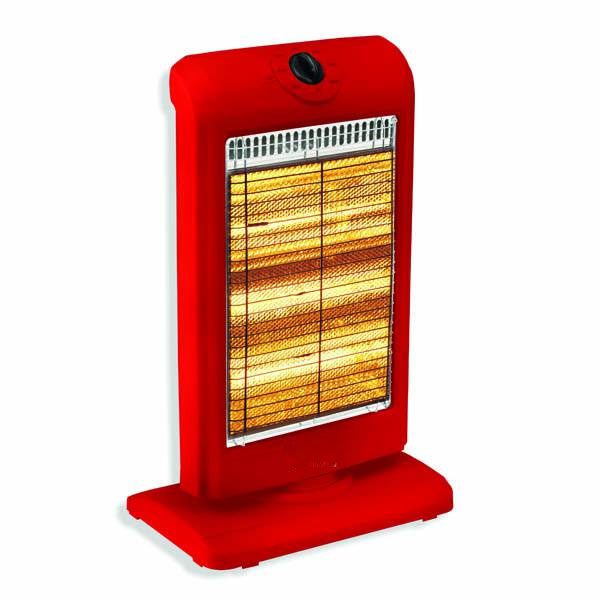Avoid setting the temperature too high, do not turn it on and off suddenly, and do not use heating devices continuously throughout the day to prevent suffocation, difficulty breathing, electrical leaks, or burns.
During the winter, people have a need to use devices such as heaters, heating pads, and electric blankets to stay warm. To avoid feeling stuffy, having difficulty breathing, or risk of fire, electrical leaks, or burns, experts recommend:
Keep the Temperature at a Moderate Level
Dr. Nguyen Thai Ngoc Minh from the Emergency Resuscitation Department at the National Burn Hospital Le Huu Trac (Hanoi) states that when the weather is extremely cold, many people tend to set the temperature to the highest level for quick warmth, which causes the surrounding air to become dry. Using high-powered heaters can also lead to “thermal shock” for those entering from the cold outside.
Users should set the temperature between 25 to 30 degrees Celsius. It is advisable to use additional devices that create humidity or place a basin of water in the room to maintain moisture in the air.

Do not place the heater too close to people, as it may cause burns or fire if tipped over.
Keep Heaters and Fans at a Safe Distance
Heating fans radiate intense heat, which can cause dry skin and difficulty breathing. If tipped over, they can cause burns or even fires. Heaters and heating fans often create a feeling of stuffiness and difficulty breathing because they affect the circulation of oxygen in the room, especially when the doors are closed. Depending on the room size and the device size, place the heater appropriately, avoiding close contact with children and the elderly.
In the bathroom, parents can use infrared heating lamps or dual-function air conditioners instead of other devices like heating fans or space heaters.
Place the Device on a Stable Surface
When placing heaters and fans, ensure they are on a stable and secure surface, free from exposed electrical parts. Avoid placing them near beds and flammable items such as curtains and furniture.
Avoid Sudden Temperature Changes
Parents should not turn the heating device on and off abruptly, as it can affect health and damage the machine. Users should gradually increase or decrease the temperature to help the body adapt to the room’s temperature.
Limit Continuous Use of Heaters
Doctors advise against using heating fans continuously; they should only be used for two to three hours, followed by a break of about 30 minutes before turning them back on. During this time, users can slightly open windows to improve air circulation and avoid feelings of stuffiness and difficulty breathing.
In case of an unfortunate thermal burn, Dr. Minh suggests the following steps:
First, check the consciousness and breathing of the burn victim. Remove any burning agents such as bedding or clothing that may be on fire.
Next, cool the burn area for about 20 minutes from the time of the burn at a temperature of 20 degrees Celsius. It is advisable to soak or place the burn under clean running water.
Then, gently cover the burn with clean gauze to avoid scraping the burn site, which helps reduce the risk of infection.
Finally, the family should take the patient to a medical facility, preferably one specialized in burn treatment for further emergency care.


















































